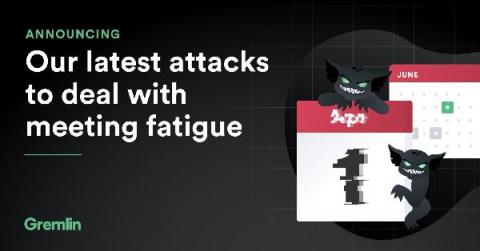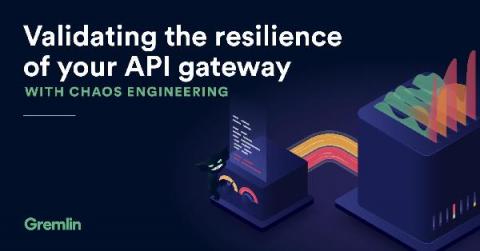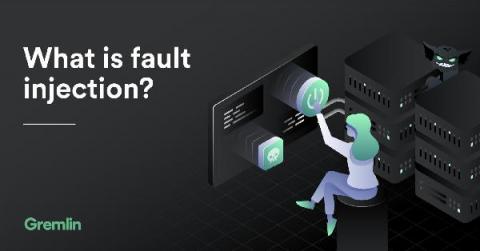Announcing role based access control for API keys for more control over automation
Today, Gremlin is excited to announce the ability to create an API key that can perform actions with the same set of permissions as your user account. This allows you to automate Gremlin tasks safely and securely.











